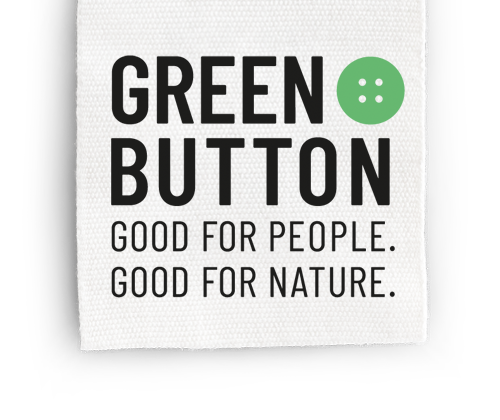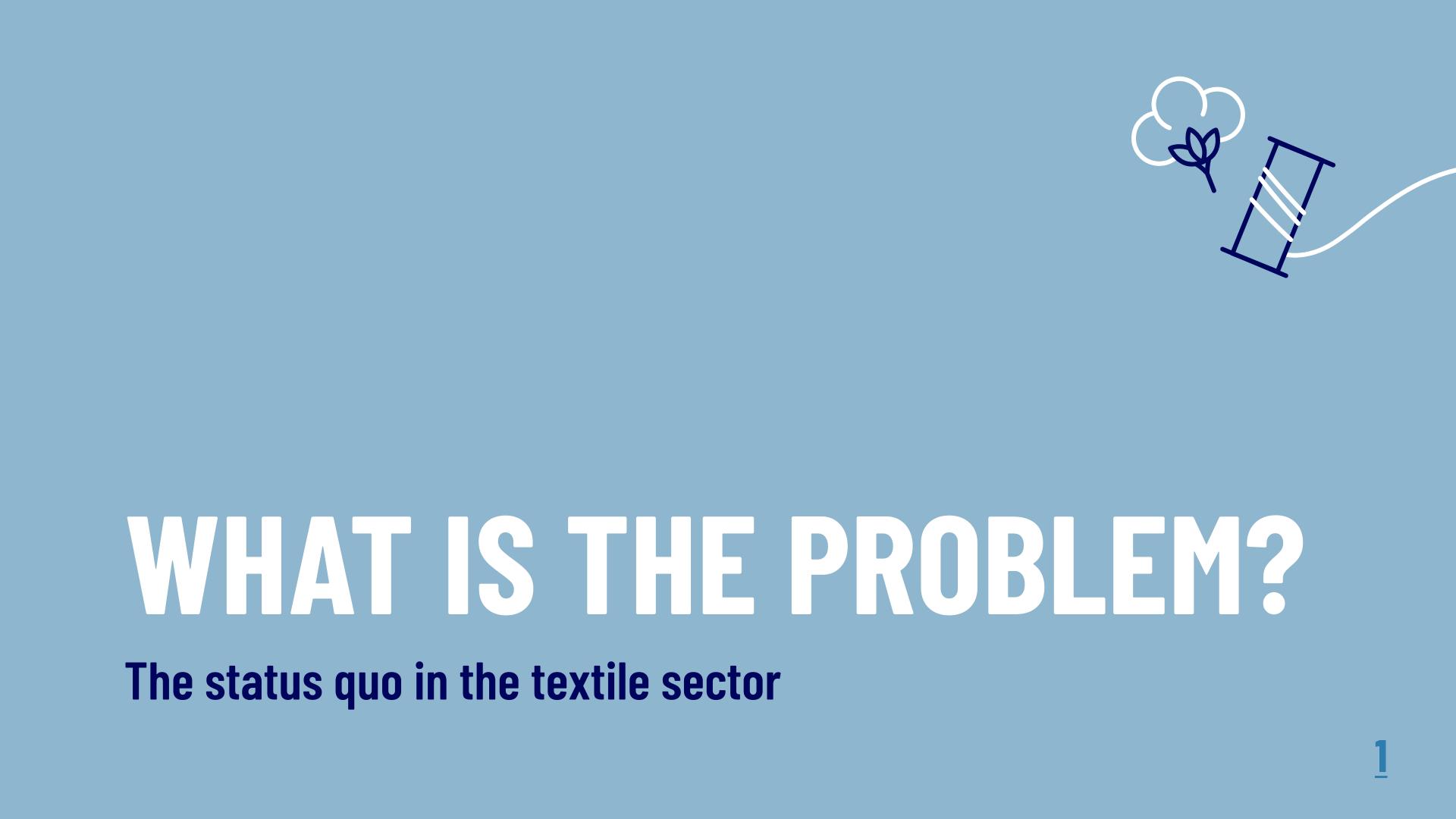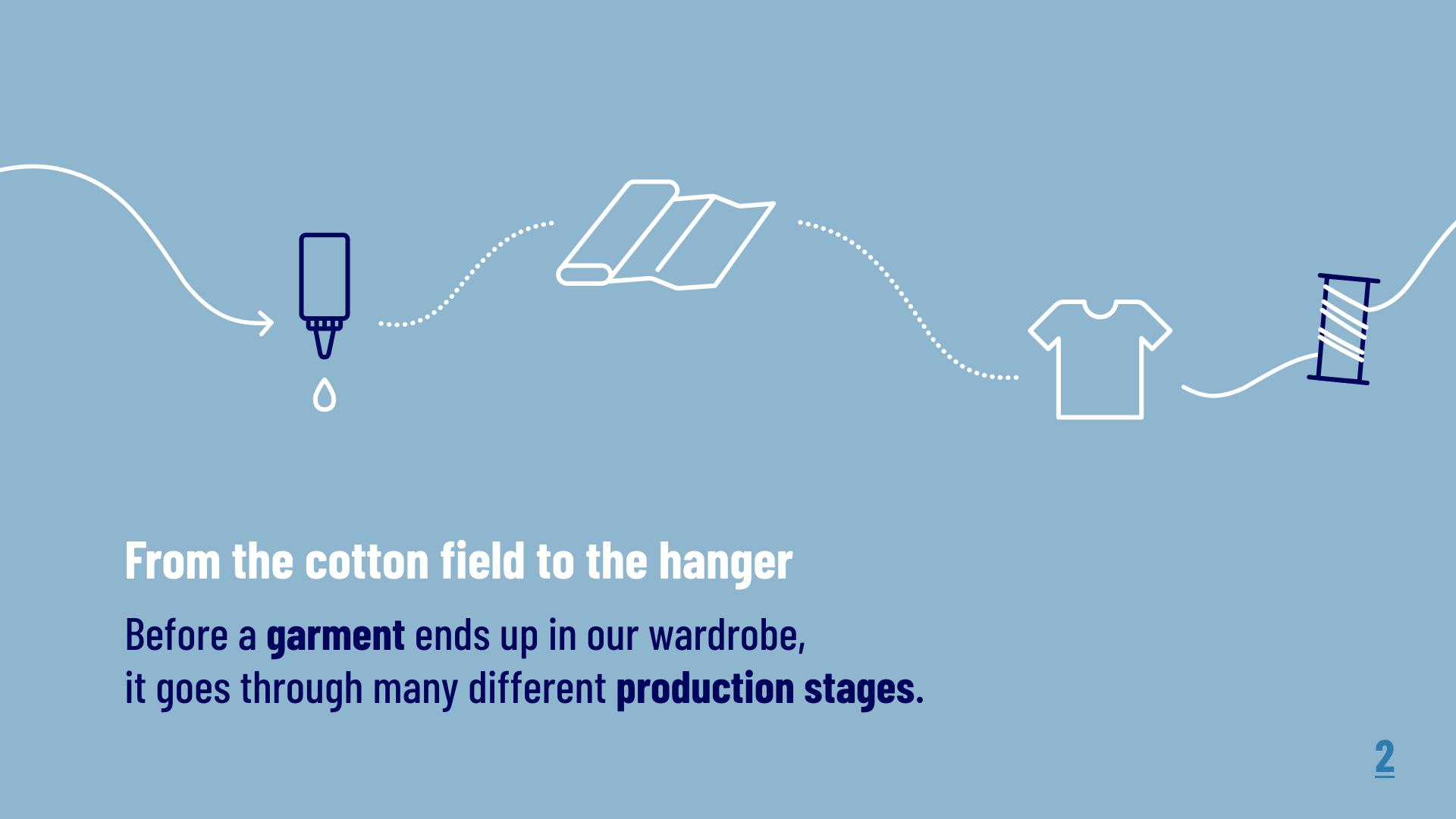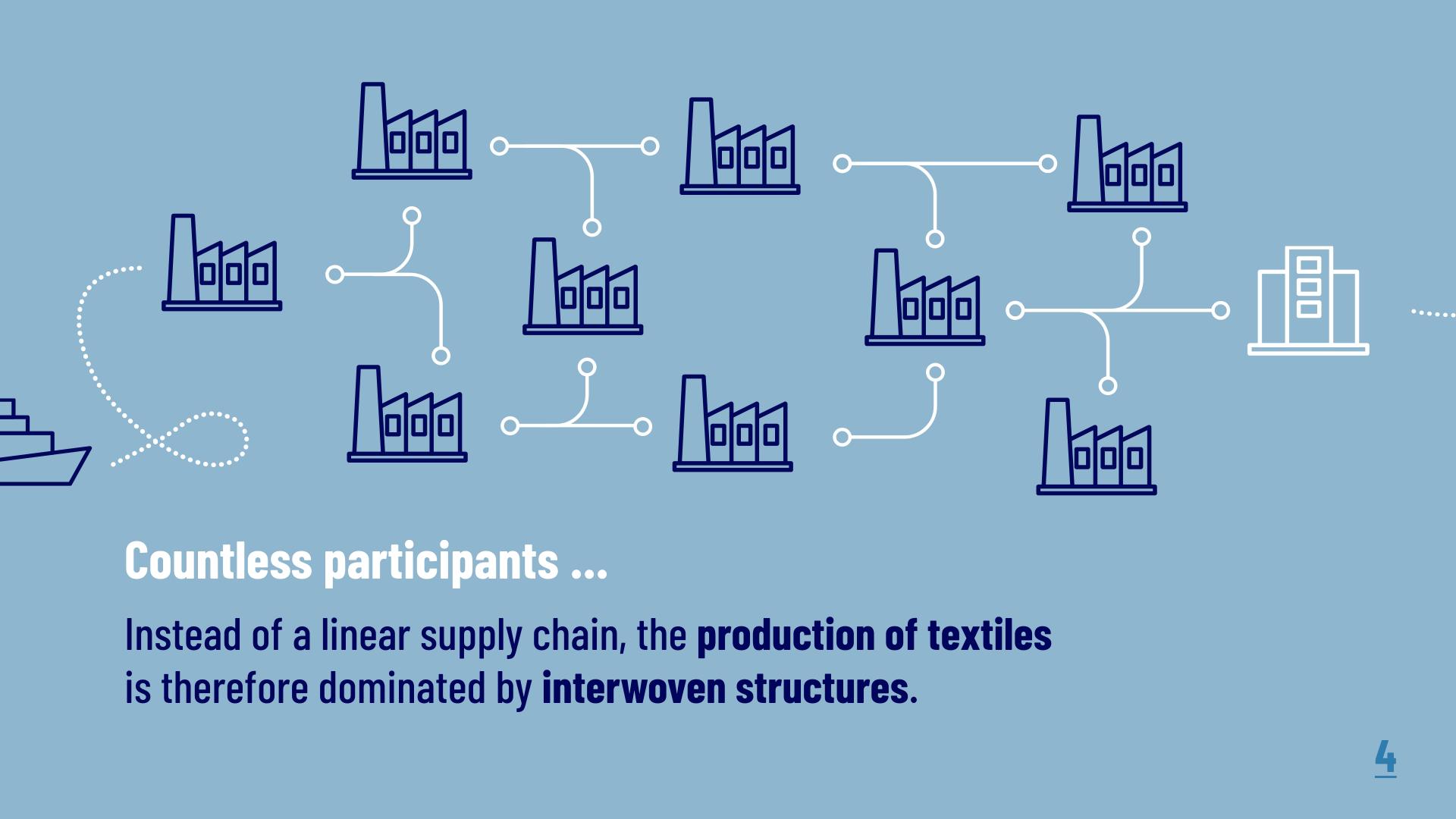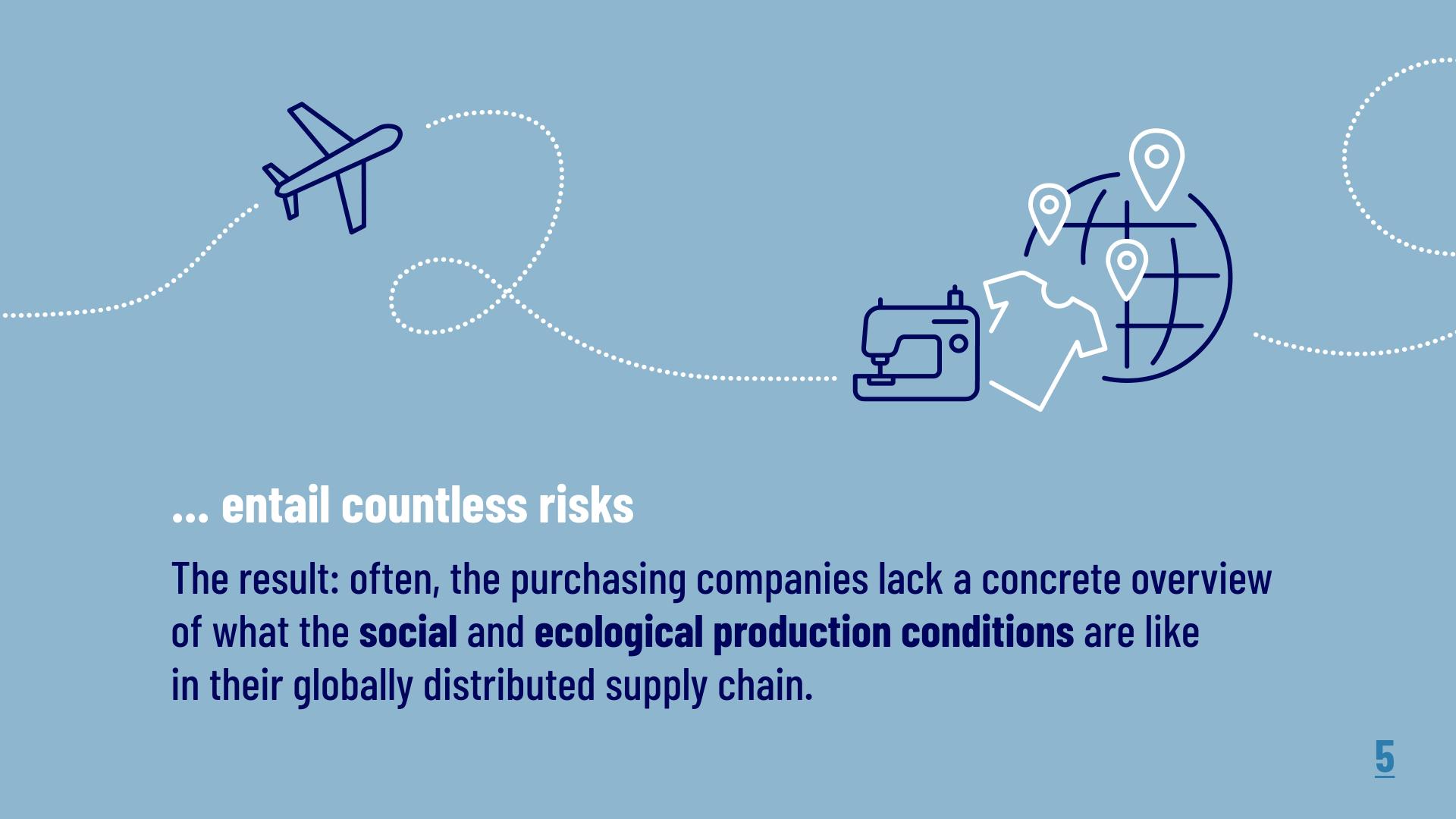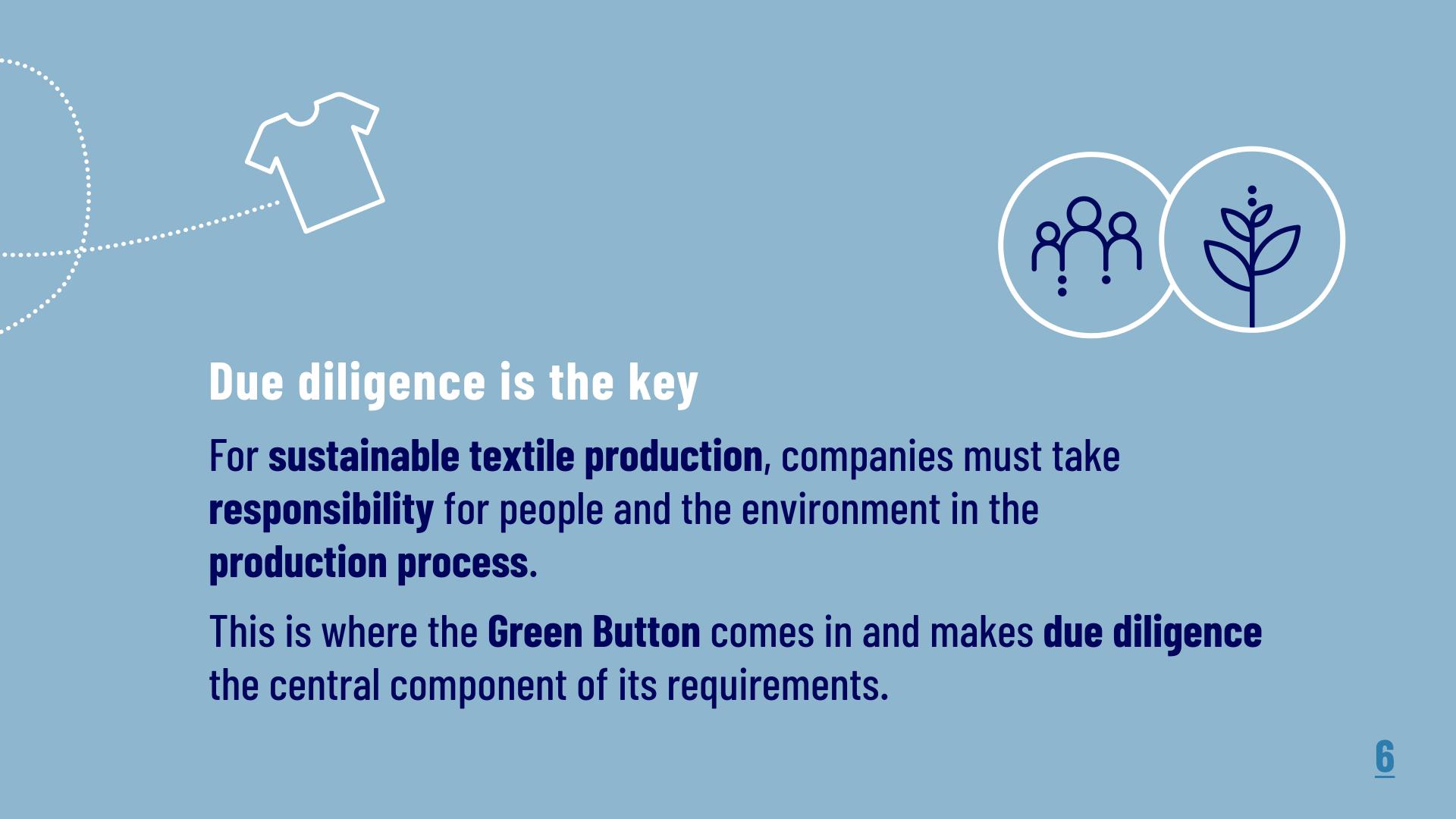The Green Button
The government-run certification label for sustainable textiles
The Green Button is a government-run certification label for sustainable textiles. What makes it special: it is the first certification label that systematically evaluates whether companies take responsibility for respecting human rights and environmental standards in their supply chains. Why?
News
Are you interested in the Green Button Standard 2.0 and would like to know what your next action steps are for the certification audit? Or do you have questions about implementing the requirements?
Sign up for our open Green Button Q&A here.
18th April 2024 | 09.30 am CEST | online
We invite all licensed Green Button companies to the Green Button Exchange. This offers you the opportunity to exchange ideas directly with other licensed companies. It will take place on
April 10th, 2024 from 10:30 - 16:30 at the Colonia Nova, Berlin.
Upcoming Events
What does the Green Button evaluate?
To receive the Green Button, companies must comply with demanding requirements. They must prove that they take responsibility for their actions in their supply chains as well as keep an eye on the production processes. More information and a basic overview of all of the certification label’s criteria can be found here.
MORE INFORMATION
Responsible companies
The government-run certification label evaluates whether companies fulfil their human rights and environmental due diligence obligations along their supply chain.
The government-run certification label evaluates whether companies fulfil their human rights and environmental due diligence obligations along their supply chain.
Sustainable production
In addition, there must be proof in the form of recognised certification labels that the respective product has been produced in a socially and environmentally sound manner.
In addition, there must be proof in the form of recognised certification labels that the respective product has been produced in a socially and environmentally sound manner.
Questions about the Green Button?
Click here for the FAQsGood for people
Working and social conditions in textile production are improved.
Good for nature
The environment is protected in the production process.
A label you can trust
The government determines the criteria and conditions for the Green Button – providing clarity you can trust.
Independent evaluation
Independent certification bodies evaluate compliance with the criteria.
